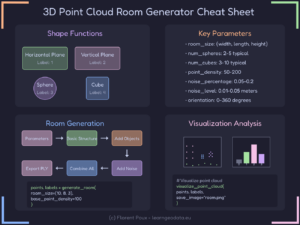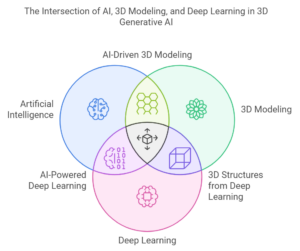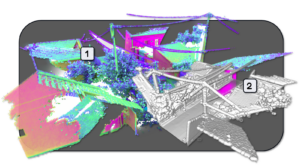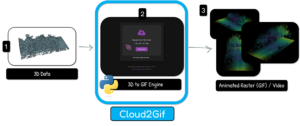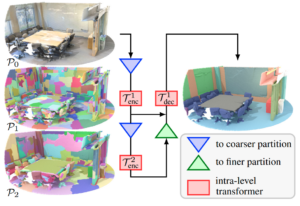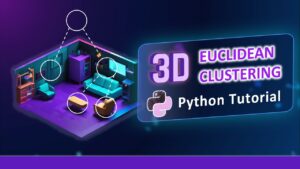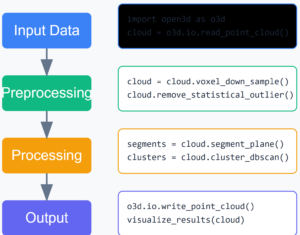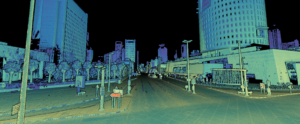Synthetic Point Cloud Generation of Rooms: Complete 3D Python Tutorial
This tutorial teaches you how to develop a Synthetic point cloud generation engine in Python using NumPy and Open3D, enabling the creation of unlimited labeled 3D data for machine learning. By automating the process, you can save time, reduce costs, and generate realistic training datasets without expensive equipment or manual labeling.
Synthetic Point Cloud Generation of Rooms: Complete 3D Python Tutorial Read More »

